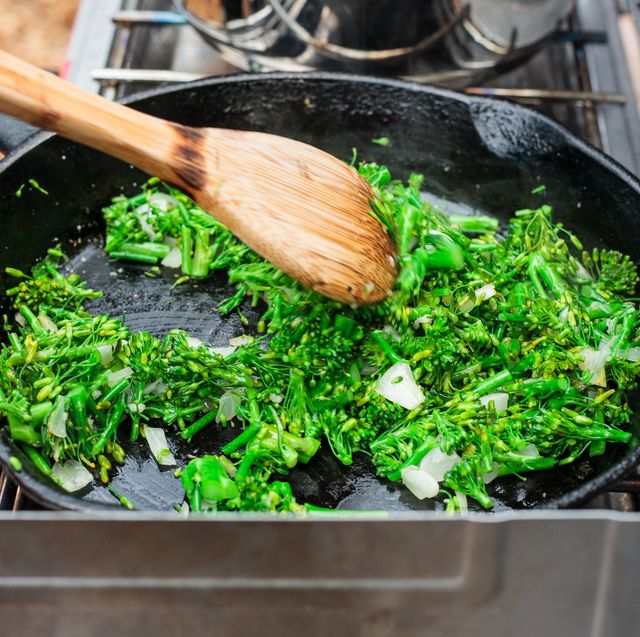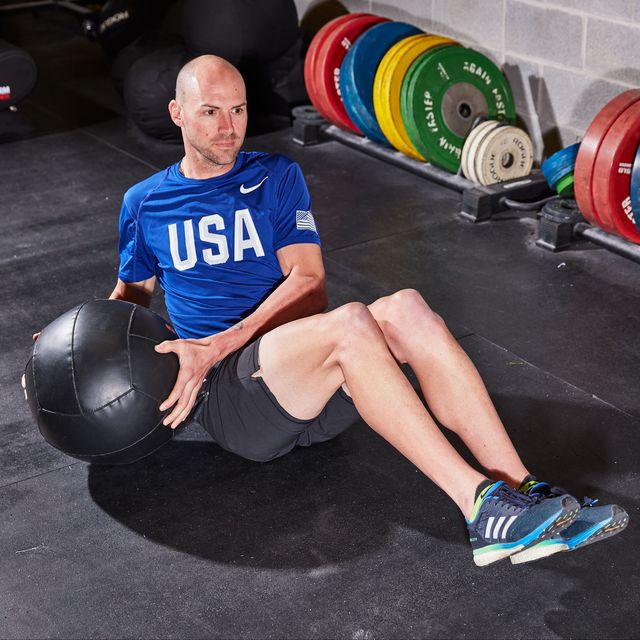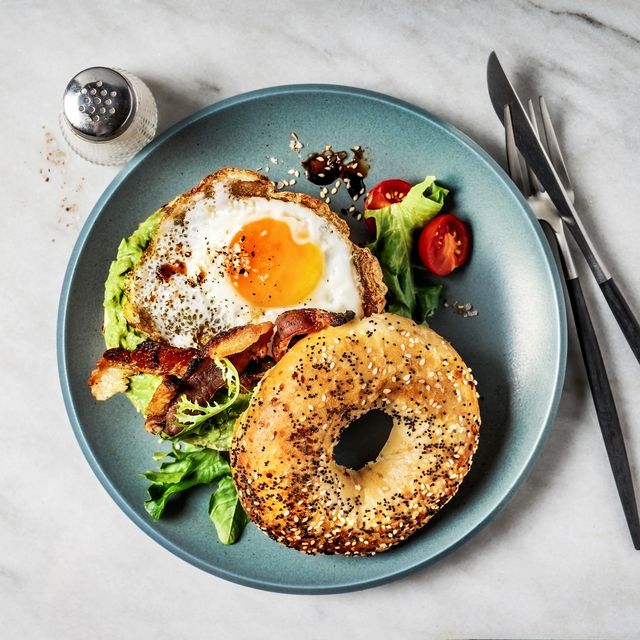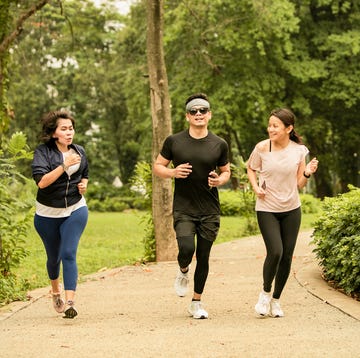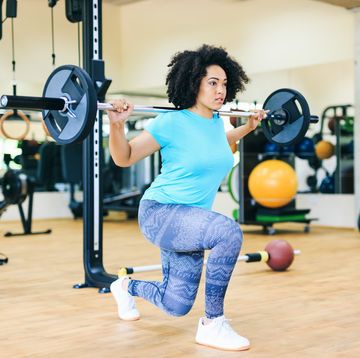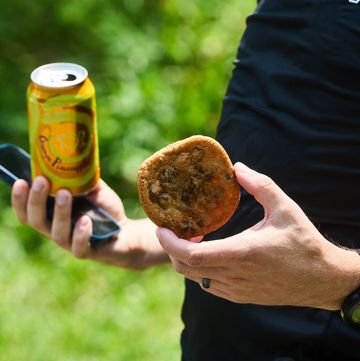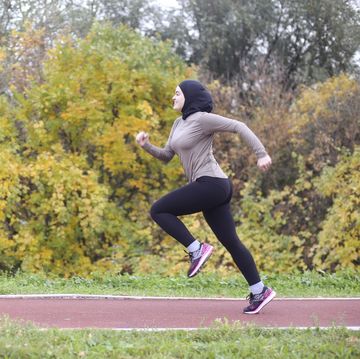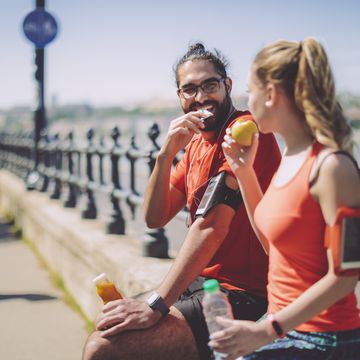- New research suggests that the more physical activity you do, the better your pain tolerance.
- Experts say this can have benefits for your athletic performance, as well as your quality of life, considering chronic pain is so common among U.S. adults.
Regular physical activity has been shown to provide a breadth of physiological and psychological benefits, from deeper sleep to better mood. Now, new research in PLOS One suggests another advantage: higher pain tolerance.
Looking at nearly 11,000 men and women in Norway between the ages of 30 and 87, researchers tested their ability to tolerate pain though a cold pressor test—a common method for pain measurement, in which participants place their hand in cold water of around 37 degrees Fahrenheit. The longer someone can keep a hand in the water, the greater their pain tolerance overall.
CA Notice at Collection physical activity levels, researchers found that the more active they were, the longer they could go in the cold pressor test. Also notable: Participants who stayed active or became more active after the initial test were able to perform better on a second test seven years later, compared to those with lower exercise levels.
“The main takeaway is that engaging in habitual physical activity in your leisure time seems to be connected with your pain tolerance; the more active you are, the higher your tolerance is likely to be,” lead author Anders Arnes, Ph.D.(c), researcher at University Hospital of North Norway, told Runner’s World. “What we see here is that any activity is better than being completely sedentary.”
Another key insight comes from the participants who began exercising between the first and second test, he added. That demonstrates that it’s possible to change your pain tolerance through increasing your physical activity, Arnes added.
How does physical activity influence pain tolerance?
In terms of why exercise would have an effect on pain, Arnes said that previous research has identified several possibilities.
“Engaging in activity releases substances in our nervous system that triggers pain-inhibiting pathways,” he said. “In fact, these are the same pathways that opioids and cannabinoids use, and so in some respects, the effect of physical activity is the ‘baby brother’ of those substances. Physical activity also influences and reduces biological markers of inflammation in the body, and those substances can sensitize us to pain.”
Studies have also shown that physical activity enhances some psychological mechanisms that affect how the brain processes both physical and emotional pain, in the body, and those substances can sensitize us to pain anxiety. Arnes said this may lower the urge to catastrophize pain, essentially providing a more beneficial perspective on pain levels.
“In general, it seems like being habitually physically active helps our nervous system to better handle painful signals through many different avenues,” he said.
What are the benefits of increased pain tolerance?
This pain tolerance payoff is essential not just for athletic performance, as research suggests that chronic pain, both physical and psychological, can have considerable effects on quality of life. More than one-quarter of people in the U.S. suffer from chronic pain Nutrition - Weight Loss, and this pain can affect every facet of a person’s life, including mobility, sleep, mood, and social interactions.
Does the type of exercise matter for increasing pain tolerance?
The recent study focused only on whether participants were regularly active, so it didn't assess the importance of intensity or duration, but Arnes added that in previous research done by the same team, they found clear links between pain tolerance and these exercise variables. That suggests they both have crucial roles for pain, and like the recent study, more always seems to be better.
“What we observe most consistently is that it is better to be active than inactive, and that each increase in leisure-time physical activity level, no matter the type, is positive,” Arnes said. “If there is a limit to this dose-dependency, we have not seen it.”
Elizabeth Millard is a freelance writer focusing on health, wellness, fitness, and food.

